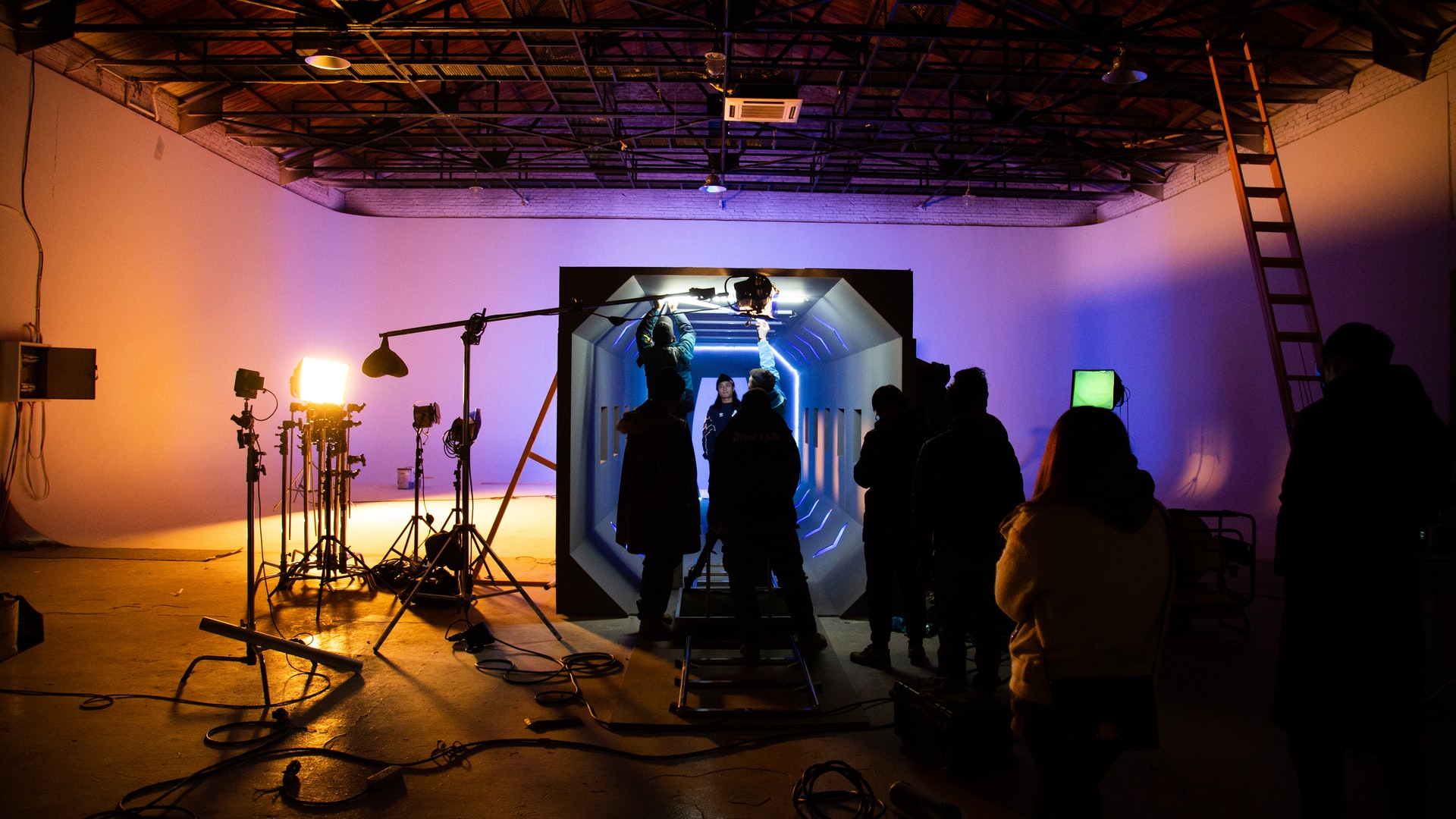How to Bring Lighting Design Services to Life with Stunning Visuals

Lighting designs can make or break your film or TV show’s visuals. It plays a crucial role in how the audience perceives the action on the screen. It plays a significant role in drama, comedy, romance, science fiction, or any other genre of film or television show. Visual quality dramatically determines the quality of a TV show or movie. To transform your script to create an exciting television experience, you need to be creative. That’s where lighting installation service comes in handy.
1. Apply Color Theory
Color theory is critical in videography and photography. In many cases, color schemes directly impact the mood and perceived tone in an image or video. You can form color schemes by combining analogous colors (colors that sit beside each other on a color wheel) or complementary colors (colors that are opposite of each other on a color wheel). For example, red and green makeup one color scheme, while blue and orange make up another.
These combinations are effective because they’re pleasing to look at and work well together visually in television studio lighting. It also helps create a sense of depth in your images, which adds sophistication. Color psychology is also perfect for visual storytelling, especially when you want to evoke viewers’ specific emotions or reactions. If you want viewers to feel relaxed, you might use warm tones like yellow and gold; if you want them to feel bold, energetic, and motivated, try bold blues or violets. The possibilities are endless!
2. Enhance Focal Point
Colors, patterns, and shapes are all elements that you can use to draw attention and create focal points. There is a point of interest in any scene—the area you want viewers’ eyes to focus on at a particular time. It could be a person, an object, or even just a background section. Use lighting techniques like backlighting or rim lighting to highlight your subject and make it stand out from its surroundings. It becomes easier for your viewer’s eyes to focus on your target when you have a focal point.
Make sure that at least one point where the contrast and color are strikingly different from its surroundings. When you want something in particular—an object or person—to stand out in your show, try placing it against an incredibly vibrant background or contrasting color. An expert in lighting services will know how to use different colors and patterns to enhance these focal points. They will also understand how different camera angles can affect what viewers see on screen, so they will know where best to place lights for optimum results.
3. Apply the Composition Principle
To have a visually appealing shot, you must learn how light interacts and is affected by its surroundings. Some of these principles include the composition of space, camera movement within that space, and types of light (diffused vs. directional). The more you know about these principles—and others—the better positioned you’ll be to create that perfect shot.
A lighting guru can be a great resource for visualizing your shot before it happens. They will help you work through all of your options so that everyone knows what they need to do to create the right visuals and achieve your vision when you arrive on set.
4. Use of Ambient Lighting
Ambient lighting is used in almost every kind of filming, as it helps set a mood for scenes and create visual interest for audiences. You can use it when you want audiences to feel excited, calm, happy, or sad—and you can also use it to enhance action sequences. It involves setting up an overall light level that’s lower than your key light (usually by at least two stops) so that it fills in any shadows on faces and sets.
Then, you’ll add small amounts of extra light to give some areas more depth and others less depth. It also allows you to guide where viewers look during a scene, which keeps them engaged with what’s happening on screen. However, when using ambient lights, be careful not to overdo it; too much can make things look flat.
5. Use of Dramatic Lighting
Dramatic lighting in TV shows and movies is a great way to engage viewers. When used effectively, dramatic lighting can draw attention to characters or elements of a scene that you want your audience to focus on at a particular time. It can also create an ominous atmosphere or highlight details about a character’s personality. Use dramatic lighting for any scene you want your audience to pay close attention to without distractions.
For example, if you want people to notice a specific movement or action, use dramatic lighting to direct their eyes toward it. It could be as simple as using backlighting (light coming from behind an object) to bring out its shape or texture or as complex as using multiple light sources at different angles and intensities. The key is knowing how much light is necessary for each scene—and where it should come from—to achieve your desired effect.
Conclusion
A great visual doesn’t just tell a story; it tells a brand’s story. Whether your video will appear on television, through a computer screen, or on YouTube, many details help create stunning visuals. Lighting can enhance the natural features of an object or person and draw attention where you want it. You can contact a professional to help you with lighting design services that can help make your next visual unforgettable!































































